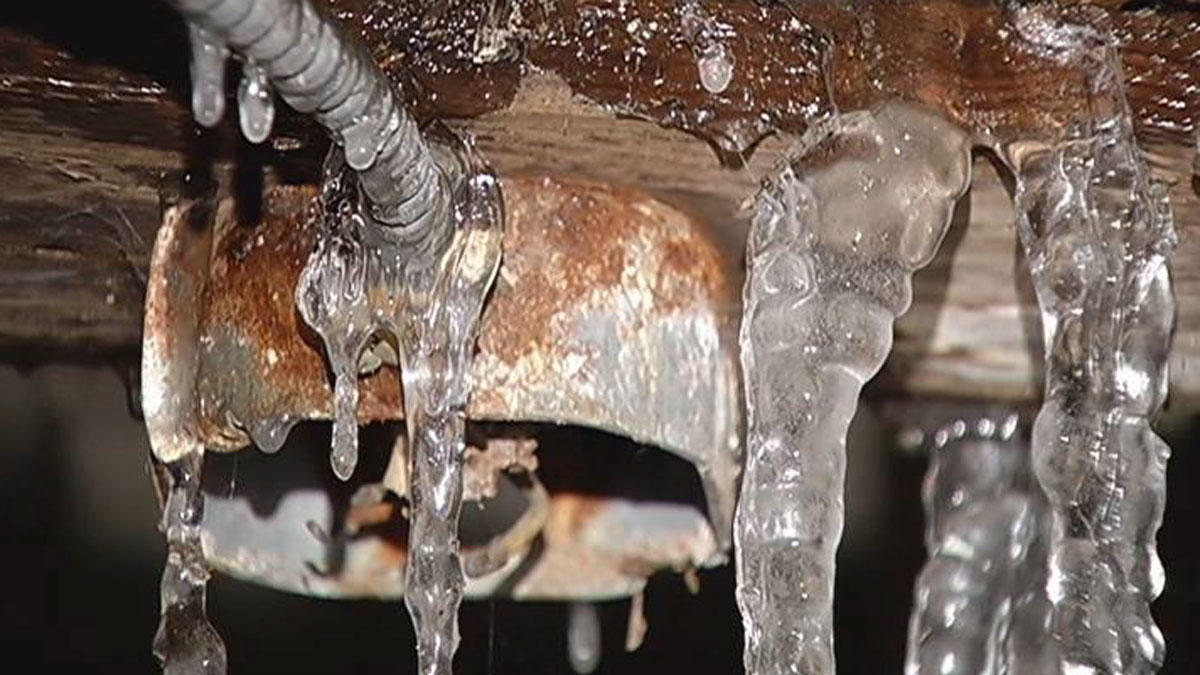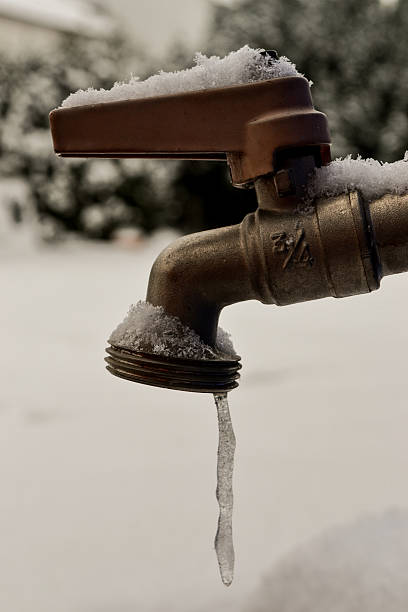Essential Advice to Protect Against Frozen Plumbing in Winter
Essential Advice to Protect Against Frozen Plumbing in Winter
Blog Article
How do you feel in regards to 6 Ways to Prevent Frozen Pipes?

Cold weather can wreak havoc on your pipes, specifically by freezing pipelines. Right here's exactly how to prevent it from occurring and what to do if it does.
Introduction
As temperature levels decline, the risk of icy pipelines increases, potentially bring about costly repair services and water damages. Comprehending how to prevent icy pipes is essential for homeowners in cool climates.
Recognizing Frozen Pipelines
What triggers pipes to ice up?
Pipes ice up when exposed to temperature levels listed below 32 ° F (0 ° C) for prolonged durations. As water inside the pipelines freezes, it broadens, taxing the pipe walls and possibly creating them to burst.
Dangers and problems
Icy pipelines can lead to water system disturbances, home damage, and costly fixings. Ruptured pipelines can flooding homes and create considerable architectural damages.
Indicators of Frozen Water Lines
Recognizing frozen pipes early can prevent them from bursting.
Just how to recognize frozen pipes
Look for lowered water circulation from faucets, uncommon smells or noises from pipes, and noticeable frost on subjected pipes.
Avoidance Tips
Shielding susceptible pipes
Wrap pipelines in insulation sleeves or use heat tape to secure them from freezing temperatures. Concentrate on pipes in unheated or external areas of the home.
Home heating methods
Maintain interior rooms appropriately heated up, specifically areas with pipes. Open up cabinet doors to enable cozy air to circulate around pipes under sinks.
Securing Exterior Pipes
Yard hoses and outdoor faucets
Detach and drain pipes yard pipes prior to winter months. Install frost-proof faucets or cover outdoor taps with shielded caps.
What to Do If Your Pipelines Freeze
Immediate activities to take
If you believe icy pipelines, keep faucets open to relieve stress as the ice thaws. Utilize a hairdryer or towels soaked in hot water to thaw pipelines gradually.
Long-Term Solutions
Structural adjustments
Take into consideration rerouting pipelines away from outside walls or unheated locations. Include extra insulation to attic rooms, basements, and crawl spaces.
Updating insulation
Purchase top quality insulation for pipelines, attics, and wall surfaces. Proper insulation helps preserve regular temperature levels and minimizes the threat of frozen pipes.
Conclusion
Stopping icy pipes calls for positive measures and quick feedbacks. By understanding the causes, indicators, and safety nets, property owners can secure their pipes throughout winter.
5 Ways to Prevent Frozen Pipes
Drain Outdoor Faucets and Disconnect Hoses
First, close the shut-off valve that controls the flow of water in the pipe to your outdoor faucet. Then, head outside to disconnect and drain your hose and open the outdoor faucet to allow the water to completely drain out of the line. Turn off the faucet when done. Finally, head back to the shut-off valve and drain the remaining water inside the pipe into a bucket or container. Additionally, if you have a home irrigation system, you should consider hiring an expert to clear the system of water each year.
Insulate Pipes
One of the best and most cost-effective methods for preventing frozen water pipes is to wrap your pipes with insulation. This is especially important for areas in your home that aren’t exposed to heat, such as an attic. We suggest using foam sleeves, which can typically be found at your local hardware store.
Keep Heat Running at 65
Your pipes are located inside your walls, and the temperature there is much colder than the rest of the house. To prevent your pipes from freezing, The Insurance Information Institute suggests that you keep your home heated to at least 65 degrees, even when traveling. You may want to invest in smart devices that can keep an eye on the temperature in your home while you’re away.
Leave Water Dripping
Moving water — even a small trickle — can prevent ice from forming inside your pipes. When freezing temps are imminent, start a drip of water from all faucets that serve exposed pipes. Leaving a few faucets running will also help relieve pressure inside the pipes and help prevent a rupture if the water inside freezes.
Open Cupboard Doors
Warm your kitchen and bathroom pipes by opening cupboards and vanities. You should also leave your interior doors ajar to help warm air circulate evenly throughout your home.

I am just very curious about Winter Plumbing Precautions: Preventing Frozen Pipes and I am hoping you appreciated the entire blog post. Sharing is caring. Helping people is fun. Thank you so much for taking the time to read it.
View Website Report this page